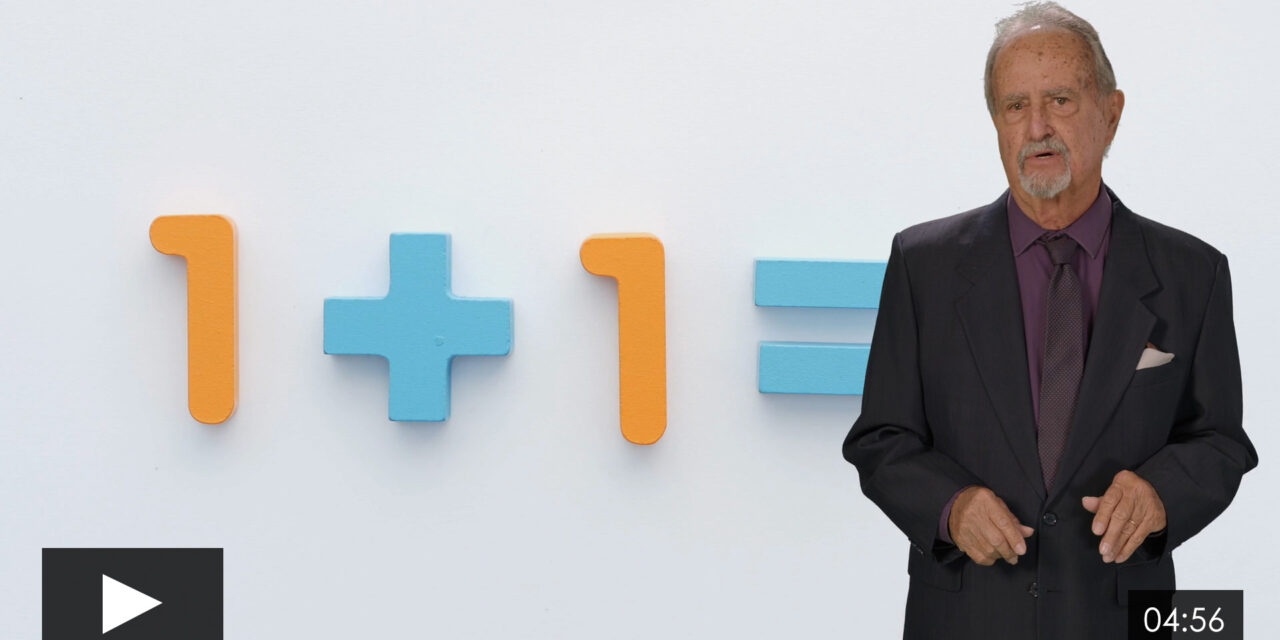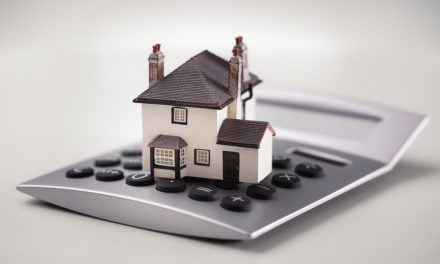This is the last of three episodes in our new real estate mathematics series. Here, we depict how to calculate annual property taxes and transfer taxes, and provide helpful strategies to quickly locate the correct answer on the state licensing exam.
The prior episode applies percentages and fractions to California real estate principles.
California real estate mathematics applied to taxes
Proposition 13 (Prop 13), also known as the People’s Initiative to Limit Property Taxation, was voted into California’s Constitution in 1978. It caps the amount property taxes may increase each year.
Prop 13 limits property taxes to 1% of the property’s assessed value. The property’s assessed value equals the property’s base value (the property’s value at the time of purchase), plus an inflation factor determined by California’s consumer price index (CPI). When the same owner has held the property since Prop 13 was adopted, then their home is taxed based on its assessed value in 1975.
The property’s assessed value may increase a maximum 2% each year, to compensate for annual inflation. However, it may change upon a reassessment by the county assessor. A reassessment only occurs upon transfer of title, even when the property’s actual fair market value (FMV) is substantially higher than its assessed value.
On the other hand, the property’s assessed value may not be more than the current FMV. Thus, during a recessionary period of price decline, when a property’s assessed value is higher than its market value the assessed value is reduced to its reappraised value. The property is to be reappraised annually until the value exceeds its original assessed value, at which point the original assessment rules apply. [Calif. Revenue and Taxation Code §51(e)]
Consider a property purchased for $700,000.
After the purchase, the new owner installs a swimming pool which adds $50,000 to the assessed value.
The next year, the tax assessor raises the value 2% as allowed by Prop 13. To calculate the current assessed value, first determine the base value by adding the sales price, $700,000, and the improvement, $50,000.
Then, multiply this amount by the 2%, the increase allowed under Prop 13. Convert the percentage to a decimal by moving the decimal two places to the left, as discussed.
Thus, the current assessed value is $765,000.
Related article:
County transfer tax
The basic county transfer tax rate is $0.55 per $500 of valuation.
For values over $500 but less than $1,000, the amount of the transfer tax is rounded up. Several counties and communities charge additional fees.
The transfer tax is a one-time fee paid at the time title is transferred and recorded.
Let’s frame this as an example.
Consider a buyer who purchases a home for $650,000.
The terms of the sale state the buyer will make a down payment of $200,000 and assume an existing first trust deed for the balance of the purchase price.
At a basic rate of $0.55 per $500, how much will the transfer tax be?
First, understand that transfer taxes are charges against new money only. Since the transaction included the assumption of a $450,000 existing mortgage, the only tax charged is against the $200,000 down payment.
The transfer tax rate in the county where the property is located is $0.55 per $500, which equals $1.10 per $1,000.
Therefore, multiply $1.10 by 200, totaling $220 in transfer taxes paid on the sale.
Exam tips
Be on the lookout for common math errors.
For those preparing to take a salesperson or broker licensing exam, when the exam happens to include a math question or two, the red herring answer selections have been known to be based on common math errors. When the DRE is aware of common math errors, such as an incorrect conversion, expect some of the distractor answer selections to be based on frequently miscalculated answer choices.
If you are stuck on a challenging question, skip it then return to it after you have answered all the other questions for which you are confident of the answer.
Regardless of the length or complexity of any single question, all questions on the exam are given the exact same weight and importance. Thus, do not invest a disproportionate amount of time into a single irksome question (e.g., a math question), unless you have already answered all the others first.
Estimate, then confirm.
Before calculating the answer to a math question, first estimate what you believe the correct answer will logically be. This will equip you with a ballpark amount for the correct answer, enabling you to eliminate the distractors that are drastically outside of this estimated amount and avoid common calculator errors.
Keep common sense magnitude in mind: the size of an average house might be 2,000 square feet – not 200 or 20,000.
Work backwards and plug in the answer selections.
Work backwards on math questions. First, mentally estimate what you believe the correct answer should be, locate the answer selection that most closely matches this estimate, then plug the answer selection into the scenario of the question.
If it is the correct answer selection, the question and answer will be logically consistent. When you plug the incorrect answer selection into the question, its internal consistency will be broken.
Use all the tools at your disposal.
Use the provided calculator to double-check your math, even when it’s basic. When under the stress of testing, it is not unthinkable to inadvertently make a simple math error.
Even when you’re good at mental math, let the calculator remove all possibility for error. Think of it as confirming what you already know.














